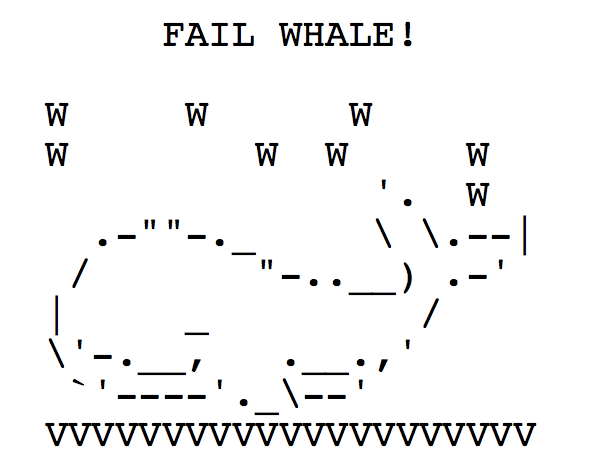
Ḅ7 - convert from base 7 (vectorises) (these are now integers) ", which will become, while the last will be length 25 without those five leading zeros. note: all except the last will be length 30 and like ". U - upend (reverse each) (each is actually a list) concatenation (each is actually a list) Ỵ - split on new lines (each is actually a list)

Easy ascii art code#
The rest of the code works as follows: ỴZ 6/UOḂḅ7‘ị“.» - Main link: multi-line string, s e.g. f.e.z.a.r.w.x.n.g.iuj.d.kly.p.s.vb.qh.m.o.ct.*'Īs such it may be compressed, looking up eleven sub-slices as words in Jelly's dictionary (most of which use the leading space default): ' affectedly Azerbaijan rewaxed naganas jiujitsudankly pase UVB freqHaarlemcoacted' Here is the "magic string" I created along with a (case-insensitive) regex pattern it needed to match (I added "ed" to make it length 81): ' affectedly Azerbaijan rewaxed naganas jiujitsudankly pase UVB freqHaarlemcoacted' Effectively takes modulo 81 of each (to yield 27 unique values for the 27 possible cases), and finally indexes into a "magic string" with the correct chars at the correct indexes (modulo indexing is used with a magic string of length 81 to save 2 bytes).

Reads each as if it were a base seven number. Then maps '#' and ' ' to one and zero respectively using the fact that '#' has an odd ordinal while ' ' has an even one. Splits on new lines, transposes, and joins together sub-slices of (up to) six together to get the character representations and reverses each (equating the later base conversion for the final character of length 25 to all the others of length 30). Results are mixed case (as allowed by the OP in a comment). Try it online! (note the argument does not require the leading newline, but since leading and trailing newlines have no effect I included one to make the multiline string more human-readable) This is code-golf, so the shortest answer in bytes wins. | (Padded with |s to make it appear in this post.) The output can be in lowercase also, if that is somehow easier for your solution. String containing the text as ASCII characters A-Z + spaces.

There will be no 1x5 space at the end or at the beginning, only between ASCII-art letters. Space between words is a 5x5 block of whitespace (+ 1x5 space on each side, because it is just another letter). There is a 1x5 space between each letter. There will be no trailing or leading ASCII-art spaces, nor will there be adjacent ASCII-art spaces. There is only one line of ASCII-art text (5 actual lines).

The input will contain ASCII-art letters A-Z and ASCII-art spaces (a 5x5 block of whitespace). (That is, the last ASCII-art letter is padded with trailing spaces.) You can use some other printable ASCII character instead of # in the input if you wish. Input will only contain instances of ASCII character #, spaces and 4 or 5 newlines (a trailing newline is optional). Take a string of ASCII-art text and output the content of the text as regular ASCII text. Inspired by Golf me an ASCII Alphabet, of which this challenge is (almost) a direct inverse.


 0 kommentar(er)
0 kommentar(er)
